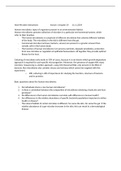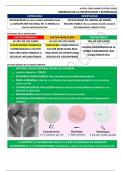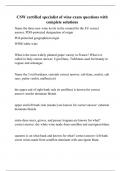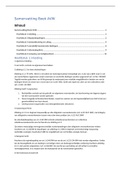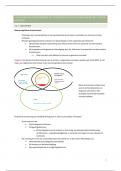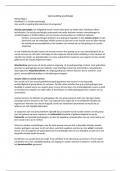College aantekeningen
Summary of Host- and Microbe Interactions
- Instelling
- Rijksuniversiteit Groningen (RuG)
Summary consists of: 1. Introduction to microbiome; oral, skin, and gut (composition and function). (El Aidy) 2. Metagenomic (pathway analysis) and Multi-omics bio-bank cohort analysis (Harmsen) 3. Early live microbiome (Harmsen + El Aidy) 4. Diet and Lifestyle and microbiome (El Aidy) 5. Sma...
[Meer zien]
